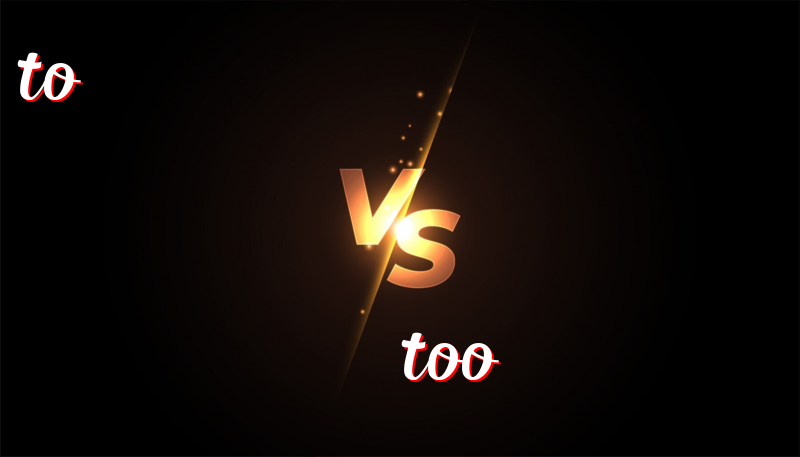To vs. Too: The Tale of Two Tricky Words
To versus too:
To:
– History: The word “to” comes from Old English and has been used in English for a very long time.
– How to use: “To” is used to show direction, intention, or connection.
– Trick to remember: Think of walking *to* a place.
Examples:
1. I am going to the park.
2. She needs to finish her homework.
3. Can you pass the book to me?
4. He wants to learn how to swim.
5. We plan to visit the zoo.
Too:
– History: The word “too” also comes from Old English but started being used to mean “in addition” or “excessively” around the 14th century.
– How to use: “Too” is used to show an additional amount or to mean “also” or “as well”. It can also mean “very” when used at the end of a sentence.
– Trick to remember: “Too” has an extra “o” just like how it means extra or in addition.
Examples:
1. She wants to come too.
2. Can I have some cake too?
3. He is walking too quickly.
4. I want to go too, please.
5. It’s too hot to go outside.
Summary:
“To” is used for direction, intention, or connection, while “too” is used to show an additional amount, mean “also” or “as well”, or as “very” at the end of a sentence. Remember, “to” is like walking to a place, and “too” has an extra “o” for extra or in addition.

Leave a Reply
You must be logged in to post a comment.